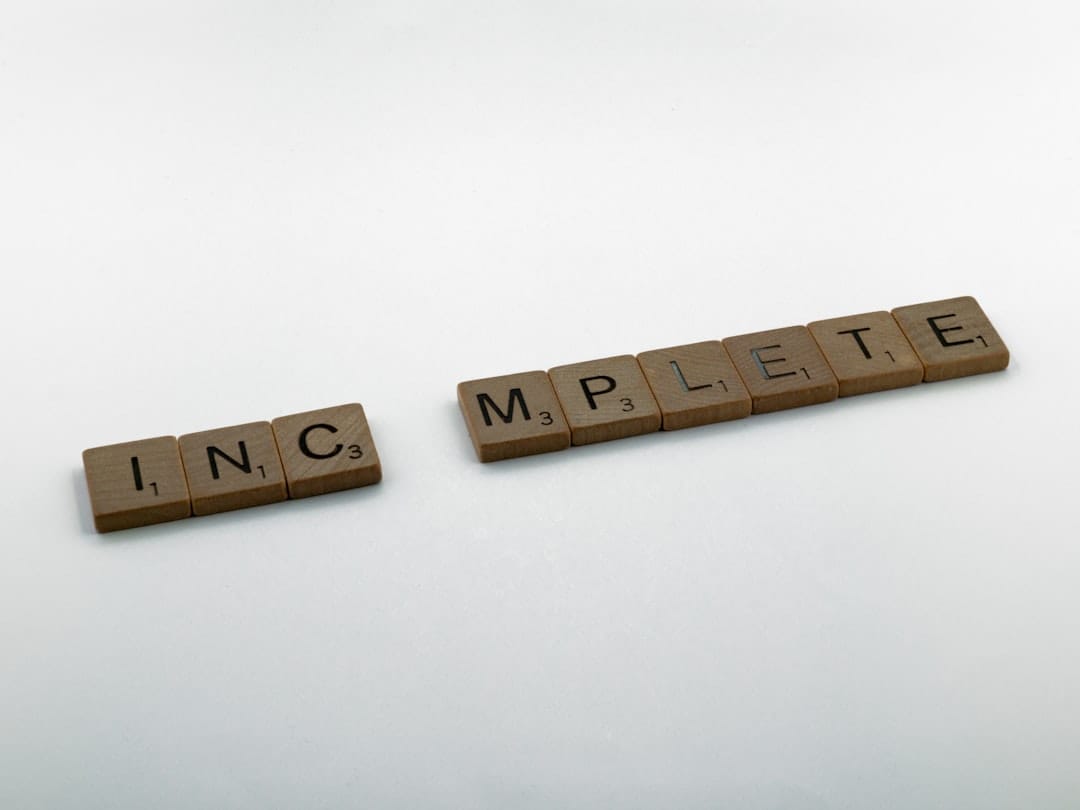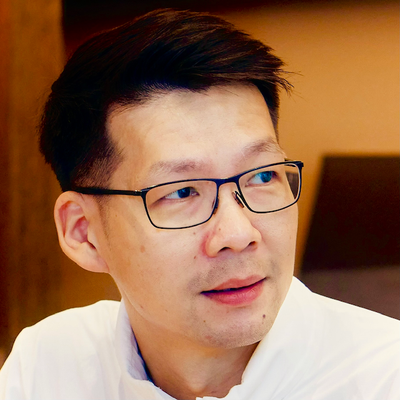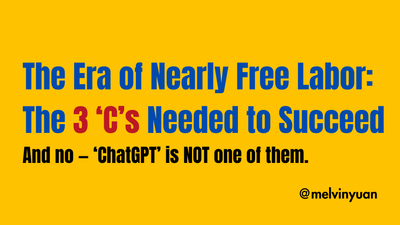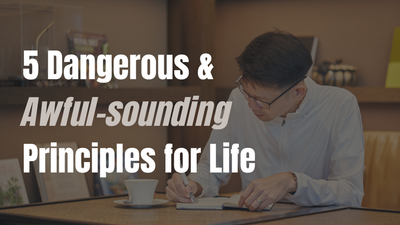It Is Good

(… I wrote this last week… But only got to post it today…)
This morning, I was looking at my suitcase and thinking about how I’ve been preparing for a long trip back to Silicon Valley.
I’ve packed about 90% of my things. If I had to catch a flight in the next few hours, I could do it. I’m mostly ready.
But there’s still that last 10%. The final few items. One more open suitcase. And because of that, there’s been this small, nagging feeling that something isn’t finished. It’s not overwhelming. It doesn’t stop me from functioning. But it’s there—a subtle emotional weight that comes from something being left open.
Then I realized something.
The burden wasn’t coming from the task itself. It was coming from how I was thinking about the task. The packing wasn’t bothering me—my thoughts about not being “done” were.
And in that moment, a simple thought came to me: It doesn’t have to be fully complete. What needs to be complete is how I relate to it.
I paused and took a breath. I looked at what I had already done—the intentional effort, the progress, the planning—and I accepted it. I let it be enough for now. I saw that it wasn’t perfect, and that was okay. It was aligned with what I was able to do today.
And I found myself saying, almost like a quiet blessing over my work: It is good.
Not perfect. Not finished. But good.
That phrase—“It is good”—reminded me of something from the book of Genesis. In the story of creation, God doesn’t create everything in one go. He creates in stages—light, sky, land, vegetation, stars, animals, people. And after each day, He steps back, looks at what He’s done, and says:
“And God saw that it was good.” (In Hebrew: tov)
Not, “It’s perfect.” Not, “It’s done.” But “It is good.”
The word tov in the original Hebrew doesn’t just mean “morally good” or “ethically right.” It means something that is working well, in harmony, fitting into its purpose, part of a whole, life-giving.
It’s a word about function and fit. It’s about something being in right relationship with everything else, even if it’s still just one part of a larger process.
And that’s when I realized: maybe I’ve been waiting to feel “done” before allowing myself to feel at peace. But I don’t have to wait. I can acknowledge what I’ve done so far, and if it’s aligned with my values, if I’ve done what I reasonably could with the time and energy I had, then I can say: It is good.
But here’s something else I’ve been thinking about.
This sense of “good”—this feeling of alignment or harmony—doesn’t have to be based on other people’s standards. It doesn’t need to meet someone else’s idea of excellence or completeness.
What matters most is that it’s aligned with me.
With my intentions. My energy. My circumstances. My honest effort.
It might not look impressive from the outside. It might not check every box. But if it was done with care, in integrity, and in line with where I’m at—then it’s tov. It’s good.
That’s inner alignment. And that’s enough.
Still, there are parts of life that don’t just belong to me. There’s shared work—especially in relationships.
Sometimes my wife is doing something that feels good and complete to her, but from my point of view, it feels incomplete. And vice versa. I might feel satisfied with something I’ve done, but she might experience it differently.
This is where we need a different kind of alignment—not just with ourselves, but with each other.
We can’t impose our definitions of “good” onto each other. Instead, we need to communicate. To share expectations, even when they’re unspoken. To give each other the freedom to have different perspectives. And to show grace when our timing, standards, or styles don’t match.
There’s a way to look at your own work and say, “I’ve done what I can. It is good.”
And there’s a way to come together in a relationship and say, “Let’s talk about what good means for us.”
Sometimes that means compromising. Sometimes it means waiting. Sometimes it just means listening and understanding that someone else’s version of completion might not look like yours.
That kind of shared alignment takes time. It takes forgiveness. And it takes patience—not just with each other, but with ourselves.
So today, I’m learning to practice both kinds of alignment.
The personal kind: where I look at what I’ve done, and if it’s true to who I am and what I had to give, I say, It is good.
And the relational kind: where I stay open to someone else’s view of what’s “good,” and we find common ground—without pressure, without judgment.
It’s not perfect.
But it is good.

Thanks for reading Here today... somewhere else tomorrow.! Subscribe for free to receive new posts and support my work.





